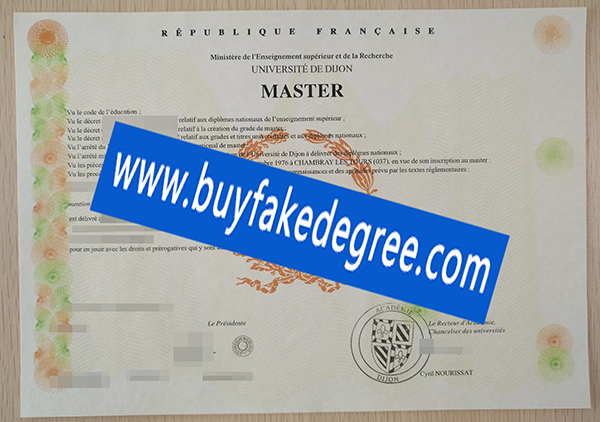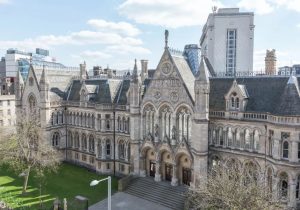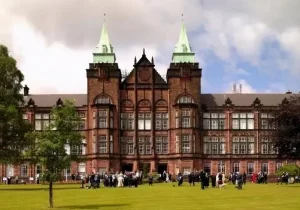WE CAN PROVIDE 7*24*365 ONLINE SERVICE,
IF YOU ARE VERY URGENT TO BUY DIPLOMAS, PLEASE
ADD OUR WHATSAPP: +852 6098 0746
How Much Does A Fake Universite De Dijon Degree Cost?

Universite De Dijon degree
Founded in 1722, the Universite de Bourgogne (University of Burgundy) is a non-profit public higher education institution located on the outskirts of the small city of Dijon in Bourgogne-Franche-Comte (population range 50,000-249,999). How Much Does A Fake Universite De Dijon Degree Cost? The Institute also has campuses in Auxerre, Lecrusso, Nevers. pick fake Universite De Dijon diploma. Officially recognized by the French Ministry de l’Enseignement superieur, de la Recherche et de l’Innovation, obtain Universite De Dijon degree. the University of Burgundy (UB) is a large French higher education institution. Higher education degrees officially recognized by the University of Burgundy (UB), such as bachelor’s degrees, master’s degrees, doctoral degrees in multiple fields of study. order Universite De Dijon diploma. The University of Burgundy also offers students a variety of academic and non-academic facilities and services, including libraries, housing, sports facilities, financial aid and/or scholarships, study abroad and exchange programs, apply fake Universite De Dijon degree. online courses and distance learning opportunities, and administrative services. In 2015, seven universities including the University of Burgundy and the Universite de Franche-Comte (one of the oldest universities in France) joined forces to form the University alliance COMUE. choose Universite De Dijon degree maker. Universite Bourgogne Franche Comte (UBFC). The University of Burgundy (UB) is a French public university located in Dijon (Cote-d ‘Or), capital of the France-Comte region of Burgundy, France. The university was founded in 1722. It also has campuses in Auxerre, Chalon-sur-Saone, Le Creusot, Macon and Nevers. It offers degrees in all disciplines (including law, economics, management, literature, languages, medicine, pharmacy, humanities, experimental sciences, etc.) and at various levels from BAC+2 to BAC+8, including (Bachelor’s, Master’s, Doctor’s, Technical Diploma, Engineer’s Diploma). Every year more than 30,000 students are educated here and more than 2,000 employees or job seekers are trained at the university. The University of Burgundy also owns a vineyard in Marsannay-la-Cote (a suburb of Dijon) and an experimental centre that offers a complete programme in grape science and oenology, which is centred on the Jules Guyot Academy, named after Jules Guyot.
Dijon’s public schools were renowned in the Middle Ages. INSEAD degree. In 1422, the University of Dol (then Dol) was created for the two Burgundians, severely weakening them as they saw themselves deprived of students, especially foreigners.
In 1513, at the request of the mayor and aldermen, and with the support of Georges de la Tremoille, governor of the province of Burgundy, and his defenders against the Swiss, Francois I (1515-1547) founded a university with four faculties in Dijon in 1516. The decision remained a dead letter, even if the royal patent was very flattering to the people of Dijon.
Martinots or Martin College (1531), located at rue du Vieux-College, then Godrans Jesuit College, Established in 1581 at the will of Odinet Godrans, president of the Council of Burgundy, the success rate in overcoming this situation was low. The move of the University of Dol to Besancon in 1691 prompted the Burgundy cantons to ask the King of France to create a university in Dijon. The two cities then became rivals. Under the influence of Prince Conde, Governor of Burgundy, Louis XV granted Dijon a university with four faculties on 17 April 1722. Besancon responded by forming a genuine alliance with the University of Paris and several provincial universities. Then the king hesitated and reached a compromise.
Thus, the decree of December 1722 created only one law school (civil, Canon, and French), How Much Does A Fake Universite De Dijon Degree Cost? which was confirmed by Innocent XIII’s Bull in 1723. The university moved to the Jacobin Monastery (the location of the central hall) with the financial support of the city and the province and was grandly opened on 24 November 1723. The entire council came for the re-admission meeting of 117 students to welcome the new staff. The first President Burbishi announced the start of the procession, surrounded by nine presidents in mink coats and mortars, honorary knights, sixty-four counselors, and five clergy counselors in full ecclesiastical garb.













